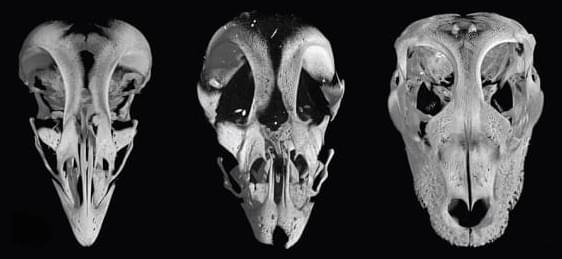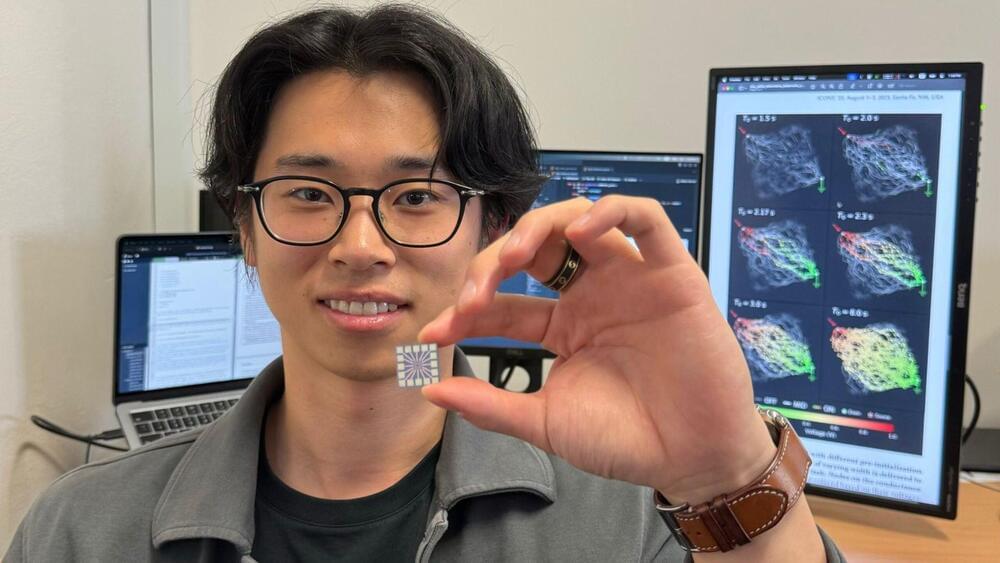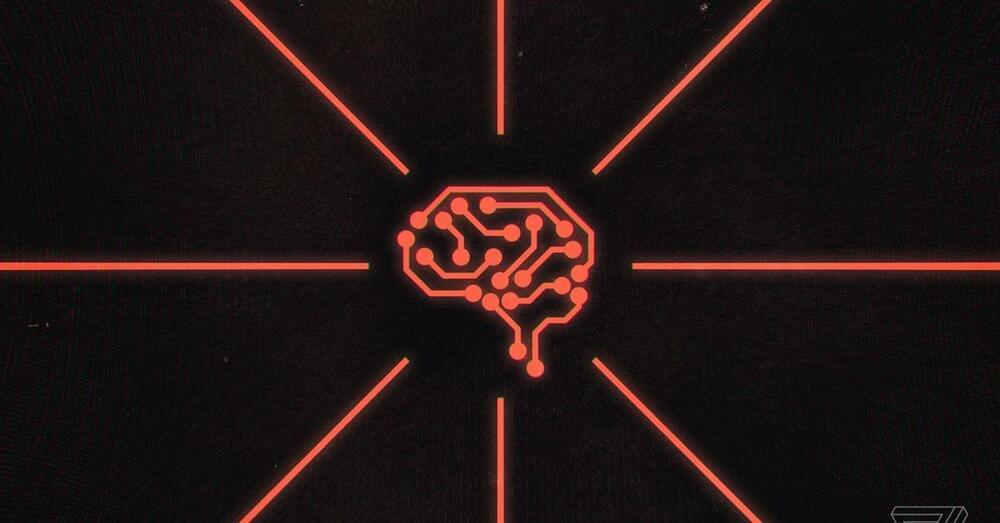Researchers seeking to understand how birds got their beaks turned back the evolutionary clock just a tad.


CNBC’s Andrea Day joins Shep Smith to report on ‘robot nurses’ meant to give a hand to live nurses, who suffered under very difficult conditions during the pandemic. For access to live and exclusive video from CNBC subscribe to CNBC PRO: https://cnb.cx/2NGeIvi.
» Subscribe to CNBC TV: https://cnb.cx/SubscribeCNBCtelevision.
» Subscribe to CNBC: https://cnb.cx/SubscribeCNBC
Turn to CNBC TV for the latest stock market news and analysis. From market futures to live price updates CNBC is the leader in business news worldwide.
The News with Shepard Smith is CNBC’s daily news podcast providing deep, non-partisan coverage and perspective on the day’s most important stories. Available to listen by 8:30pm ET / 5:30pm PT daily beginning September 30: https://www.cnbc.com/2020/09/29/the-news-with-shepard-smith-…%7Cpodcast.
Connect with CNBC News Online.
Get the latest news: http://www.cnbc.com/
Follow CNBC on LinkedIn: https://cnb.cx/LinkedInCNBC
Follow CNBC News on Facebook: https://cnb.cx/LikeCNBC
Follow CNBC News on Twitter: https://cnb.cx/FollowCNBC
Follow CNBC News on Instagram: https://cnb.cx/InstagramCNBC

Boston Dynamic’s Atlas does the “crab”.

Elon Musk, renowned entrepreneur and co-founder of OpenAI, made an exciting announcement on November 3. Musk revealed that xAI, a subdivision of OpenAI, will be releasing its first artificial intelligence, Grok, to a select group of users. In his tweet, Musk stated that Grok is “the best that currently exists” in many crucial aspects.
Grok, a groundbreaking AI assistant, promises to revolutionize information accessibility and browsing capabilities. Unlike other models, Grok has the unique ability to offer real-time access to information through the powerful platform. Through this platform, Grok can fetch up-to-date information from the internet on any given topic, providing users with comprehensive and timely insights.
Musk also highlighted Grok’s distinctive feature of possessing internet browsing capabilities, similar to OpenAI’s ChatGPT. This grants Grok the capability to not only provide information but also engage in meaningful conversations with users, making it a truly versatile AI assistant.

Provocative Silicon Valley artist Agnieszka Pilat has strong beliefs regarding the intermingling of art, religion and technology, something that keeps her fertile muse alert amid multiple presentations, exhibitions and appearances at global events such as the recent TED AI 2023 conference in San Francisco.
The Polish-born Pilat’s current SpaceX Artist-in-Residence program at the aerospace firm’s Hawthorne, California facility will likely run through 2024 and comes right before a December exhibition at the National Gallery of Victoria’s Triennial in Australia. There, for three months, her black-and-yellow Boston Dynamics robodogs will be creating autonomous artwork via a series of pre-programmed instructions.
This is an interesting concept and isn’t without controversy but I hope they succeed in building this. It sets a precedent if successful.
Join renowned physicist and best-selling author Professor Michio Kaku on his visit to THE LINE at #NEOM.
With him as your guide, take a tour into how our revolutionary city will tackle the traditional urban challenges of traffic, pollution and overcrowding.
#TheLINE

The research, which was published today in Nature Communications, is a joint effort by experts from the University of Sydney and the University of California at Los Angeles.
The artificial brain is made of nanowire networks, tiny wires a billion times smaller than a meter. The cables form random patterns that look like the game ‘Pick Up Sticks,’ but they also act like the neural networks in our brains. These networks can process information in different ways.

Are you captivated by the enigma of consciousness? Intrigued by the complexities of the human mind? Or perhaps, you’re just a seeker, thirsty for knowledge that lies beyond conventional wisdom? As a futurist, evolutionary cyberneticist, and philosopher of mind, I invite you on a mind-bending, soul-stirring expedition with a just-released remastered version of my documentary film Consciousness: Evolution of the Mind (TV-PG). Watch it now in its entirety on YouTube (Ecstadelic Media channel)!
#consciousness #evolution #mind #documentary #film
Consciousness: Evolution of the Mind (2023 | Remastered)
IMDb-accredited film, rated TV-PG
Director: Alex Vikoulov.
Narrator: Forrest Hansen.

The biggest companies in AI aren’t interested in paying to use copyrighted material as training data, and here are their reasons why.
The US Copyright Office is taking public comment on potential new rules around generative AI’s use of copyrighted materials, and the biggest AI companies in the world had plenty to say. We’ve collected the arguments from Meta, Google, Microsoft, Adobe, Hugging Face, StabilityAI, and Anthropic below, as well as a response from Apple that focused on copyrighting AI-written code.
There are some differences in their approaches, but the overall message for most is the same: They don’t think they should have to pay to train AI models on copyrighted work.
The Copyright… More
Most argue training with copyrighted data is fair use.